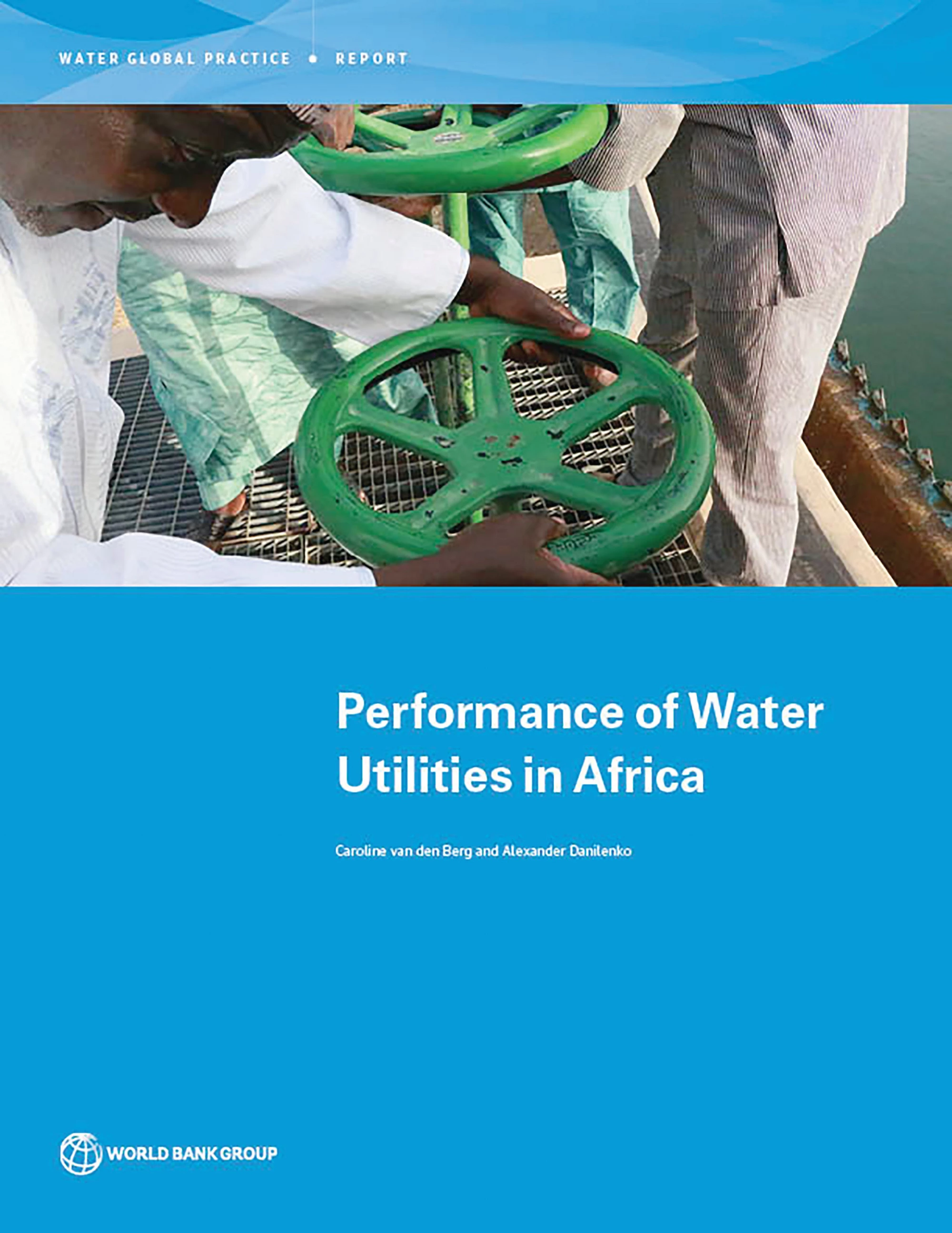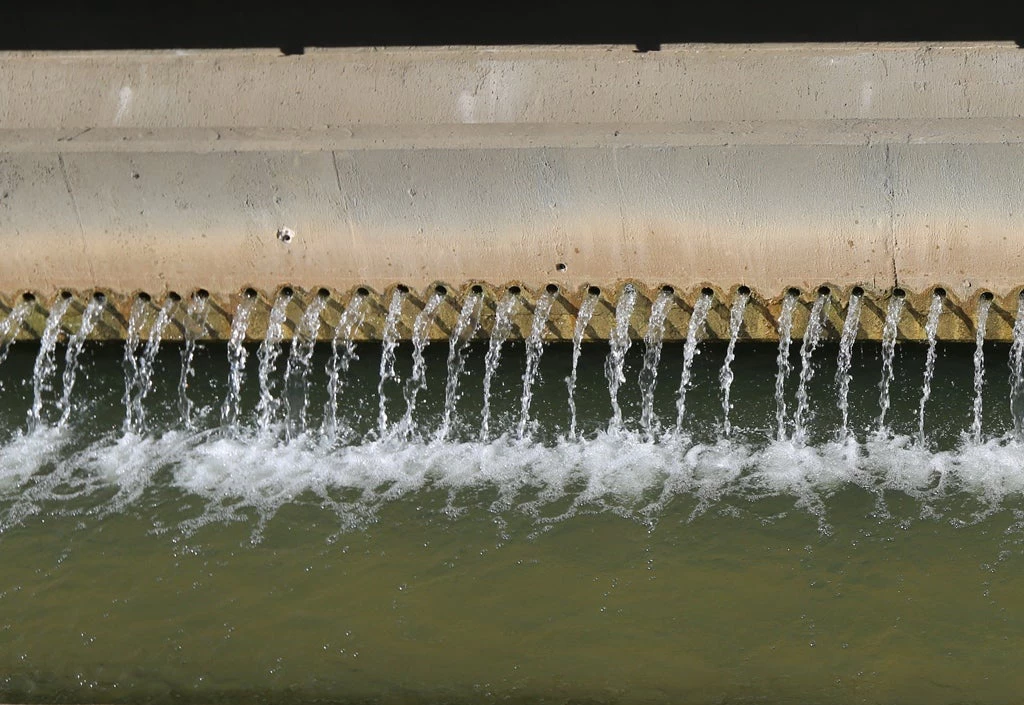
“Performance of Water Utilities in Africa”
Read the World Water Day Blog Series.
Also available in French
Africa’s population is growing fast. Very fast. Sub-Saharan Africa is currently home to more than 1.2 billion people, and it is estimated that another 1 billion will be added by 2050. Economic and political instability, climate change and overall decline of employment in agriculture has accelerated urban migration. In 2016, almost 40 percent of the population in this region was living in cities compared to 31 percent in 2000.
During the same time period, economic growth has picked up and between 2000 and 2015, GDP per capita increased from US$1,176 to US$1,660 — more than 40 percent.
Hence, demand for water for human consumption is growing, but also the demand for water to meet the growing demand for food and energy. But African water providers are not ready. Access to piped water increased in absolute number from 82 million urban dwellers with piped water in 2000 to 124 million in 2015, but the urban population served with piped water on the premises declined from 40 to 33 percent over the same period.[1]
The total population with improved sanitation services increased, and many countries in the region were able to meet their MDG goals, but most of that increase came from an increase in the access to piped water off premises and self-supply.
In sanitation, the situation is even worse. Only 30 percent of Africans have access to improved wastewater services, and more than 23 percent are practicing open defecation (Ibid.). In addition, a vast majority of the African utilities do not provide wastewater services, and some that did in 2000-2006 dropped wastewater collection services due to high costs and technical difficulties.
As the medium-term outlook suggests, these demographic and economic trends are going to continue. So what to do? How are utilities in Africa going to cope with the backlog they have, while also preparing to provide water to more people and economic activity?
We embarked upon a review to understand why utilities are not keeping up in providing energy and water services to understand better how to transform these utilities into agencies that can provide high quality water and sewer services to all urban citizens at affordable prices.
We reviewed the performance of African water companies based on data and information collected by International Benchmarking Network of Water Utilities (IBNET, www.ib-net.org), using a data panel of about 120 utilities in 14 low- and middle-income countries in Africa, which represent about 53 percent of the urban population served by piped network services.

Photo credit: Alexander V. Danilenko
Utilities’ performance in Africa is generally weak, although there are some that are well-performing. Their performance showed some improvements between 2010 and 2013. Utilities in the sample were able to slowly improve water coverage, but overall coverage stood still at only 60 percent with a tendency to decline. Access to sewer services is in its infancy in Africa — with very few utilities providing such services. We used several measures of utility performance (looking at financial performance, operational performance and customer performance) and in general, we found that utilities are performing below global benchmarks.
Yet, the variance of utilities’ performance within and between countries is very large. This is, for the most part, because water and wastewater services are affected by the utility’s location. Location-specific factors can vary widely between utilities and include factors such as the distance to the water source and its effect on the cost to store and transport water; the quality of the water that is being sourced and the need for water treatment, among others.
Performance is also dependent on cost. As virtually everywhere, water tariffs are mostly driven by the operation and maintenance (O&M) cost of water. It requires incentives to improve the efficiency with which the utility operates its services. Fixed costs in the water sector are huge, and capital cost significantly drive O&M.
More general macro-economic and structural policies in the country — such as energy subsidy policies, labor policies and regulation, environmental and water quality standards — also affect the operation and maintenance (O&M) cost, but are beyond the direct control of utilities. We found that the O&M costs of water services between 2010 and 2013 have been accompanied by an increase in the affordability of water services. Hence, as the average African city dweller is better off now than 15 years ago, there is — in certain places — some room to increase tariffs to existing water utility clients, so that government subsidies can be used to expand services to those not yet connected instead of subsidizing the water use for those who are already connected to the piped water system. This is especially important since in general, only about half the utilities in the sample were not able to cover their O&M costs with their revenues (data from 2013).
The high dependence on subsidies has major consequences. It crowds out investments in the sector, but it also results in serious equity concerns as those with piped water services tend to be more likely be households with higher incomes. The case studies undertaken show that there are relatively utilities that perform well in terms of operations and are able to cover more than just O&M costs. Yet, even those that are performing well with regard to operational and financial performance show weaknesses in providing customers with high-quality services (as measured in type of service level, reliability, and water consumption levels), especially when compared to global benchmarks.
Improving the performance of water utilities in Africa will require actions at many different levels: at the national level, but also at the sector level and at the utility. The name of the game is about providing incentives that help utilities perform better. In the case of the World Bank, that will mean more attention to the efficiency of water sector investments, and the incentive structures in place that may affect utility performance. As investments lock in O&M costs for decades, it is important to ensure that the investments are not only technically but also economically sound, while diligently monitoring outcomes. These and other interesting findings are presented in the new “Performance of Water Utilities in Africa” publication.



Join the Conversation